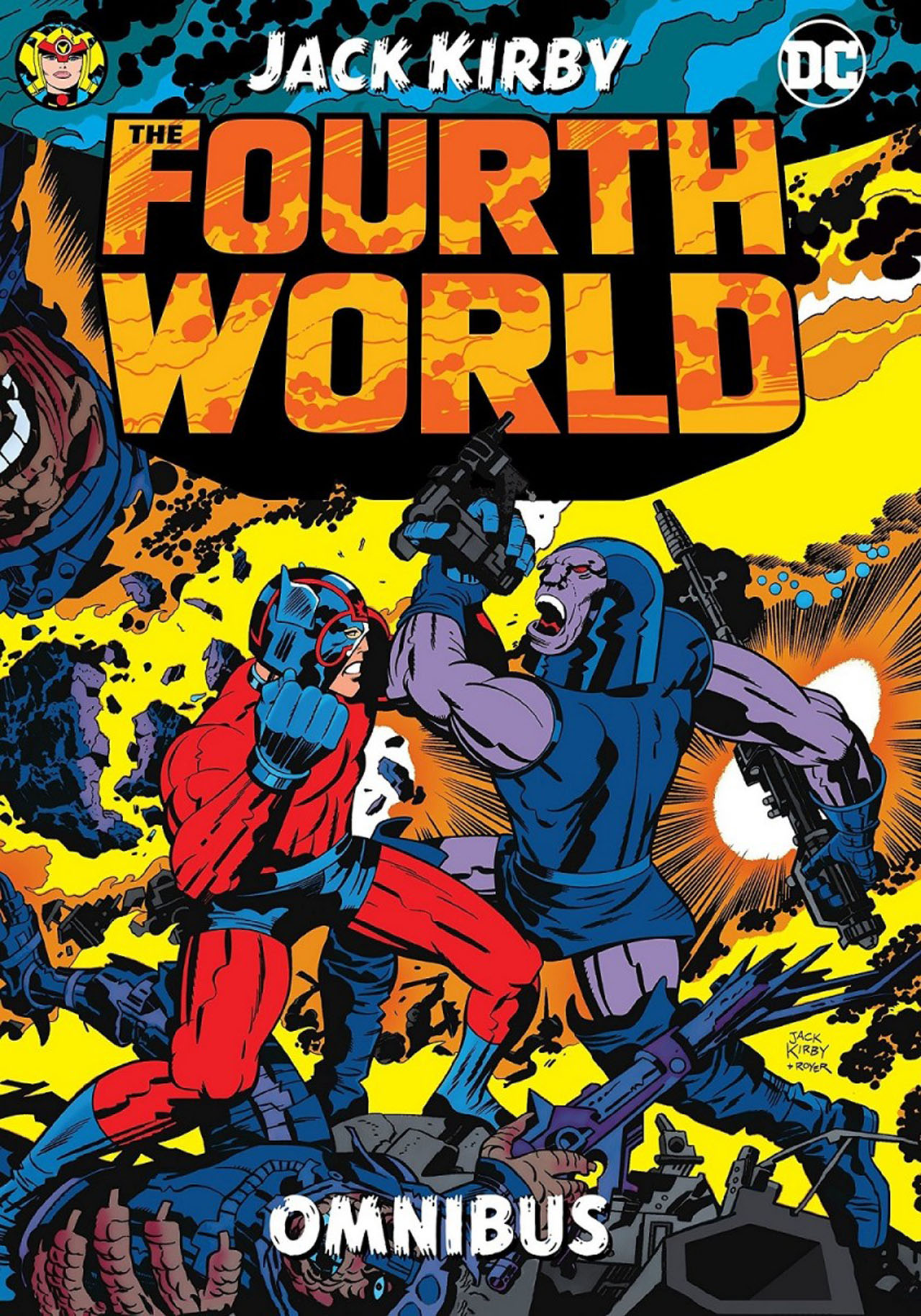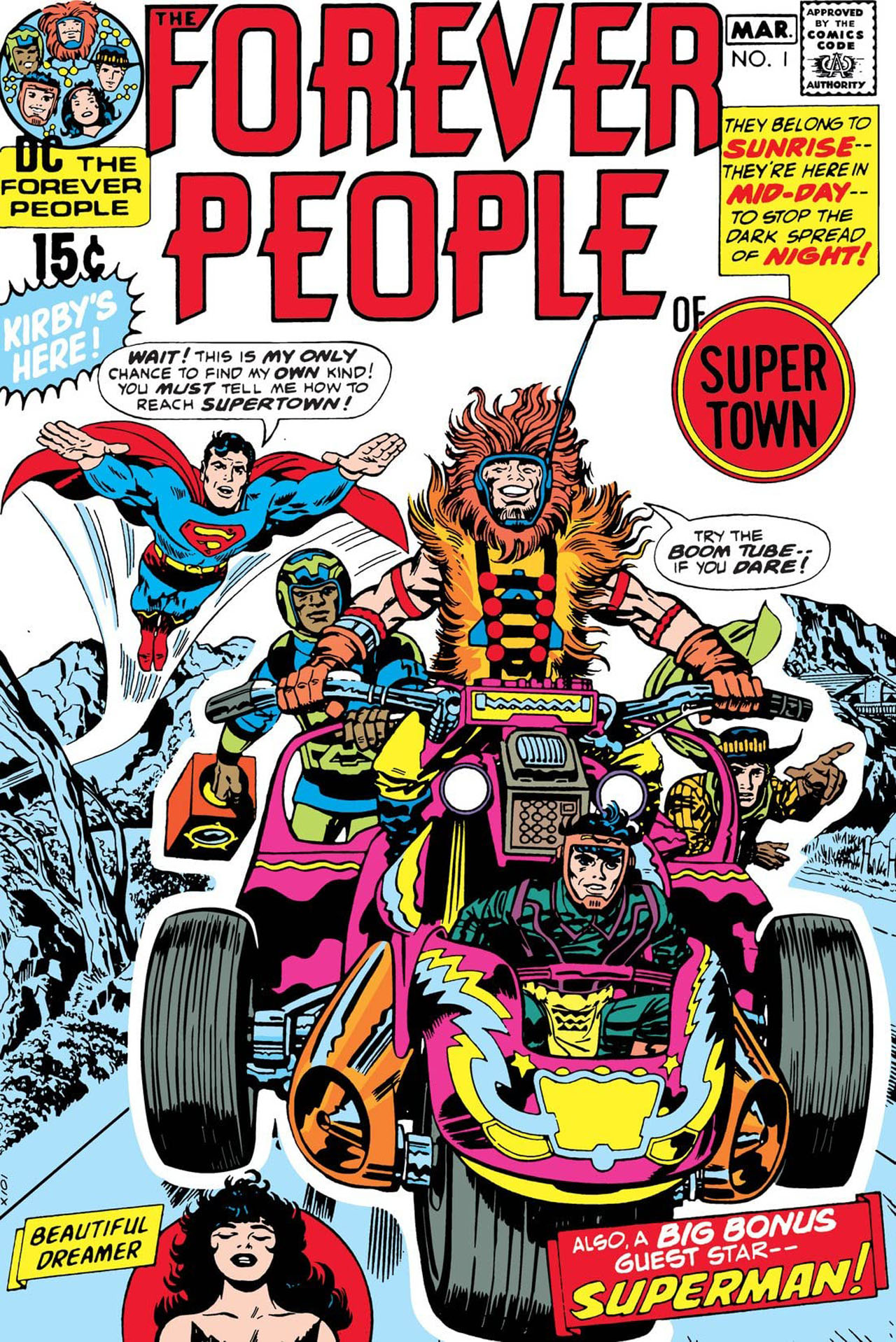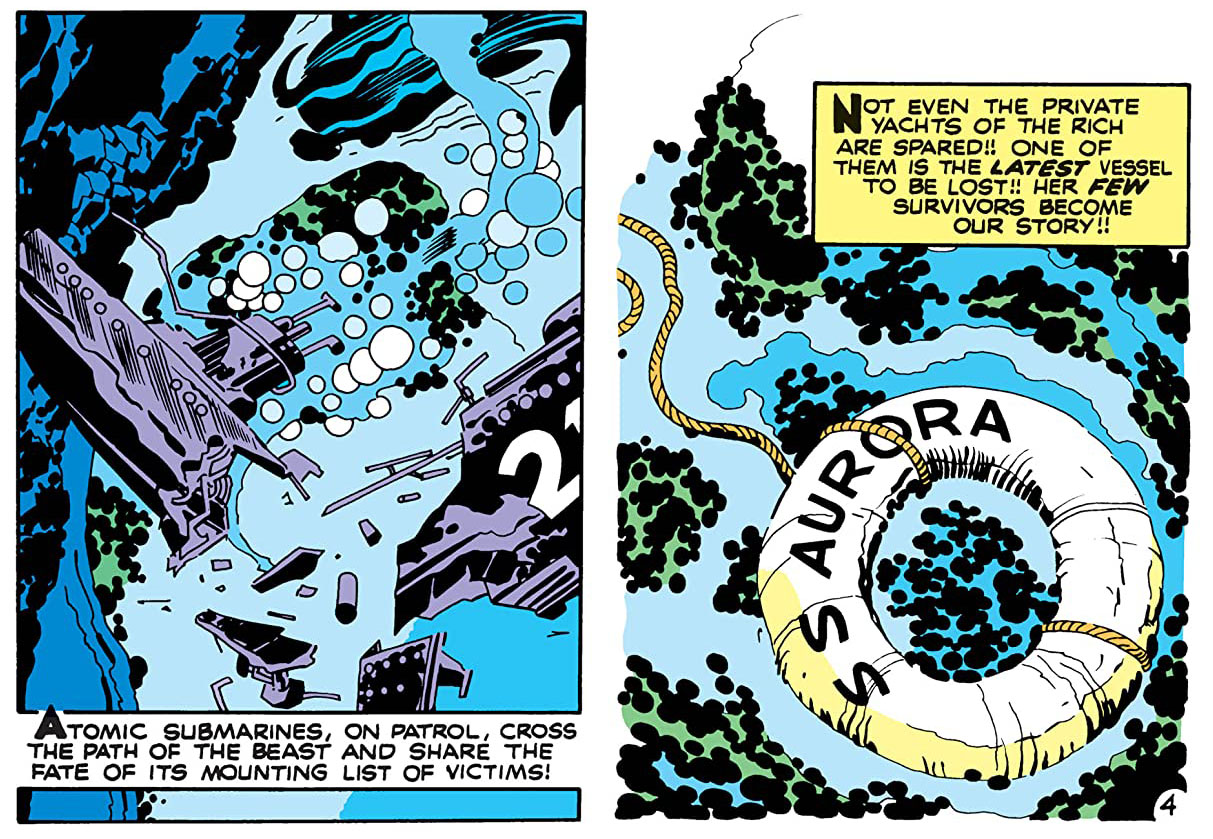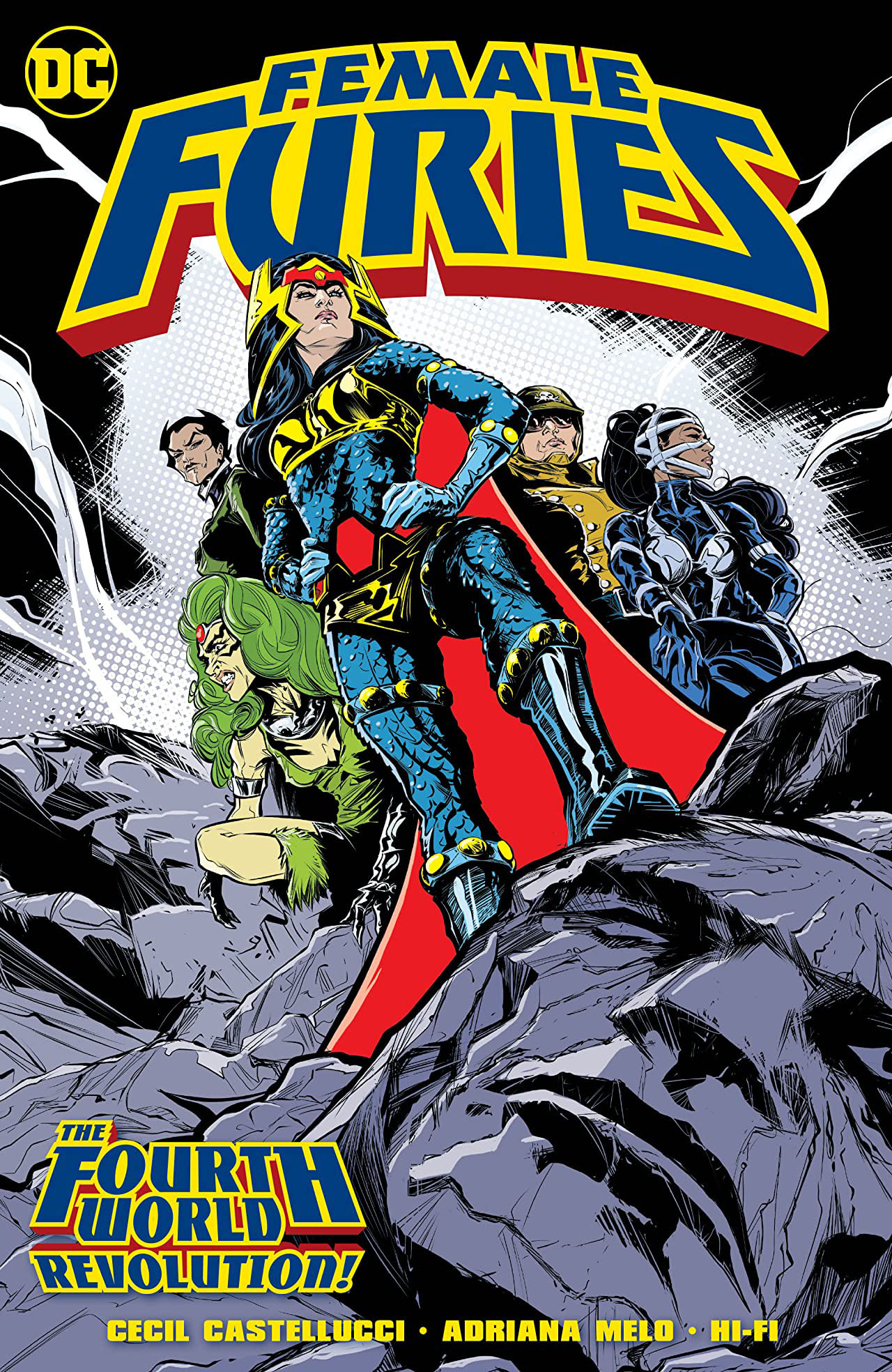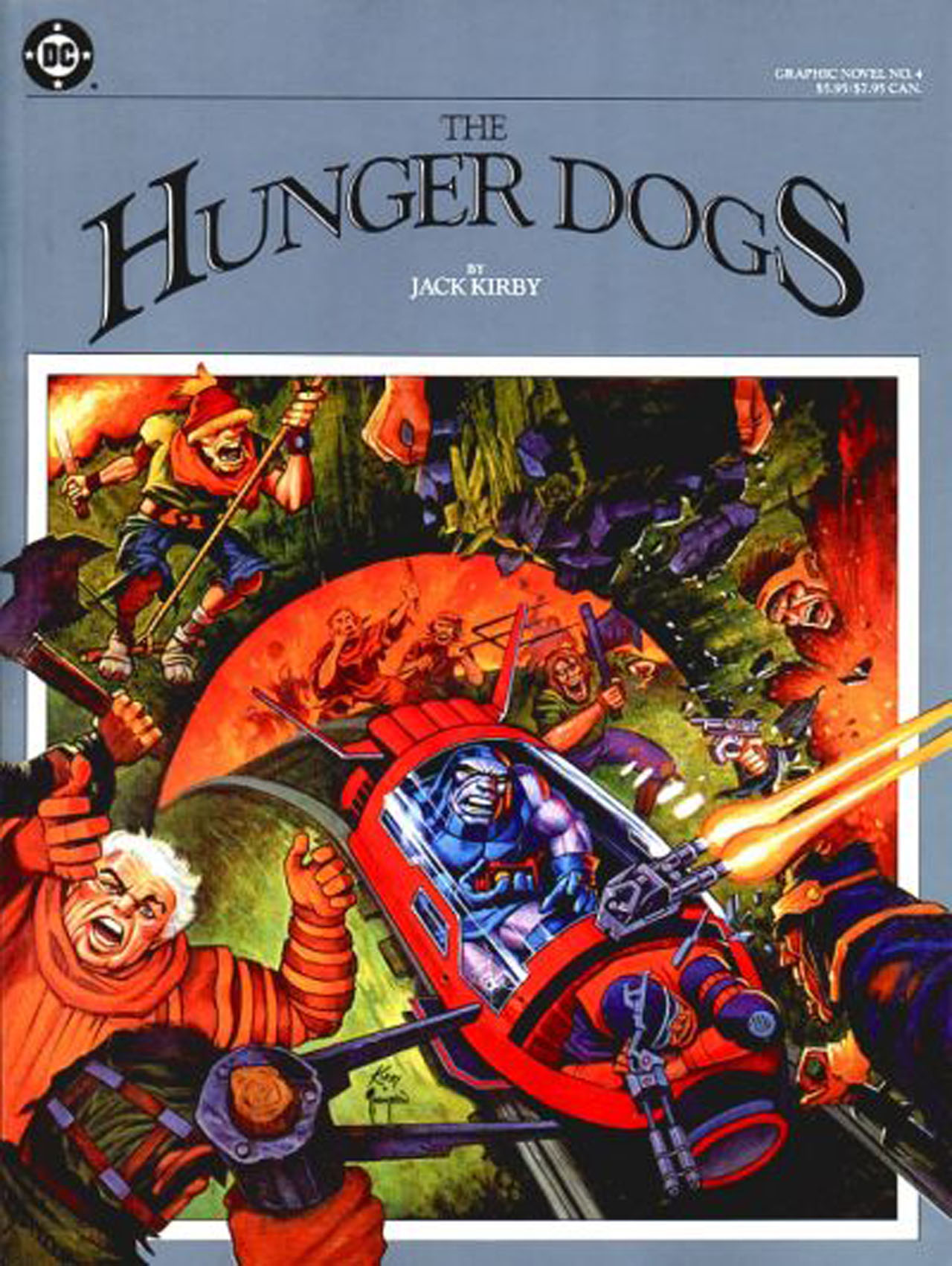How Jack Kirby's New Gods was (and is) a story about the world today
Exploring the creativity and poignancy of Jack Kirby's Fourth World Saga
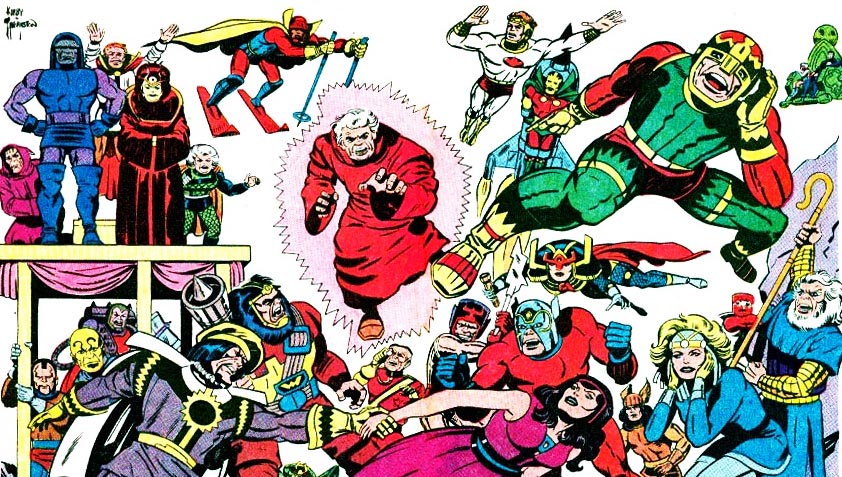
By the end of the '60s, Jack Kirby was guaranteed a place in any potential comic book hall of fame, with a career that had already spanned decades and resulted in the creation (or co-creation) of characters including Captain America, the Challengers of the Unknown, the Fantastic Four, the Hulk, the Avengers, the X-Men, Black Panther, and many more — not to mention helping to essentially create the entire romance genre of comics in the United States. By any standards, by the time he left Marvel in late 1970, his was a career that would never be matched. And yet, his greatest work was just around the corner.
Sure, calling what would become known as the 'Fourth World Saga' Kirby's greatest work is the kind of thing that is likely to be the subject of countless fan debates, especially when you consider the rest of his work. But the four titles at the heart of the Fourth World — New Gods, Forever People, Mister Miracle, and Kirby's short run on Superman's Pal, Jimmy Olsen — are easily some of the most ambitious not only of Kirby's career, but mainstream superhero comics history, even almost a century later, filled with material that has kept creators and fans alike returning over and over again to re-read, re-examine, and expand upon what was there in the first place.
According to Dan Abnett, who's currently using a number of the Fourth World characters in Justice League Odyssey, the Fourth World material is "such a pure celebration of Kirby's genius," with concepts "that have a unique and monumental flavor of their own, and provide a epic mythology to underpin the DCU.
"All sorts of mythologies lace the DC Universe, but many are drawn from, or derive from, external and real-world sources. The Fourth World is a kind of primordial myth, fettered only by Kirby's imagination, that is unique to DC and, while seeming ancient and universal, is uniquely 'DC Universe.'"
An extension of — and, in many ways, re-imagining of — his work on Marvel Comics' Thor, the Fourth World Saga sets out to do nothing less than create a new mythology for modern times, telling the story of the war between New Genesis and Apokolips, with Earth and all of humanity caught in the middle. With colorful characters like ultimate escape artist Mister Miracle, the optimistic and effervescent Lightray, the sadistic Desaad, or the silver-tongued devil Glorious Godfrey, it was flashy and exciting enough on a surface level to appeal to audiences of all ages, but it's what underneath that made it quite so important.
With the Fourth World, Kirby was writing about more than just the superheroes that fans were used to reading about; there's a clear subtext to the original Fourth World comics that Kirby was writing about the world as he saw it, whether it was Darkseid as the ultimate metaphor for fascism — he does want to control all free will, after all — or the Forever People's optimism and youthful hopefulness being a stand-in for the flower children movement that Kirby was clearly enamored with.
Sometimes, it went beyond subtext: in one of Kirby's most beloved Fourth World stories, 'The Glory Boat,' characters talk about the Vietnam War and the value of being a conscientious objector on-panel. (Notably, many of the protagonists of the 'Fourth World Saga' tried to abandon the war between their two planets; it's just that it followed them.)
Get the best comic news, insights, opinions, analysis and more!
Modern comic book fans familiar with the Fourth World primarily through Tom King and Mitch Gerads' Mister Miracle or Cecil Castellucci and Adriana Melo's Female Furies might have thought that those series' emotional complexity and depth was something contemporary creators had brought to the old characters, but that's not the case; it's been there all along. The Fourth World, as Kirby envisioned it, has always been a story about the world today, seen through an exaggerated lens.
"When you read the whole of the Fourth World stitched together, you really see a master world builder at work," Castellucci says. "The Fourth World stories resonate I think because they are very flexible and like all great mythologies or fairy tales can withstand being cracked, reinvented and told from all angles in order to comment on the time that they are retold in."
"The themes resonate in our world today, perhaps even more than they once did, and the sheer magnitude delivers drama," Abnett agrees.
The Fourth World survived Kirby's time at DC, although it didn't seem that way at the time; each of the four titles were cancelled due to lower-than-expected sales after less than two years. In the years since his 1975 departure, the Fourth World has been revived a number of times by a number of different creators — including Kirby, whose 1985 The Hunger Dogs graphic novel was an attempt at a final chapter that didn't quite stick — with each subsequent appearance building off what Kirby achieved, if never quite capturing the complexity of what those first comics offered.
Nonetheless, fans have had the chance to enjoy a more superheroic version — Gerry Conway and Don Newton's 1977 revival Return of the New Gods; and a more mythological version — Walt Simonson's amazing 2000s series Orion, too.
There have been takes deeply enamored with their own mythology — John Byrne's Jack Kirby's Fourth World in the late '90s — and those that use that mythology as backdrop to make social commentary, like King and Gerads' Mister Miracle. Each revival adds something new to the whole, while underscoring just how multi-faceted, how full, Kirby's original creation and comics actually were, all along.
For a collection of comics where villains describe themselves as being "the tiger-force at the core of all things" and rely on literal deus ex machinas called, knowingly, "Mother Boxes," the Fourth World was far more complex and intricate than it looked on first glance — a by-product, perhaps, of the unmistakable dynamism of Kirby's '70s artwork, especially as inked by Mike Royer.
Why does the Fourth World continue to have power, nearly a half-century later? What makes it the masterwork of man who had, elsewhere, laid the foundations for the entire Marvel Universe…? The answer lies in the fact that no-one since Kirby has been able to encompass all of what the Fourth World is about — because, at its core, the Fourth World is about everything, and has something to offer every reader that comes in contact with it, no matter what they're looking for, and taken as a whole, it's one of the greatest achievements of American comics.
Not bad for a comic where a character called "Orion" actually attempts to go undercover by calling himself "O'Ryan," unaware that the two names sound literally identical, thereby rendering the pseudonym meaningless.
